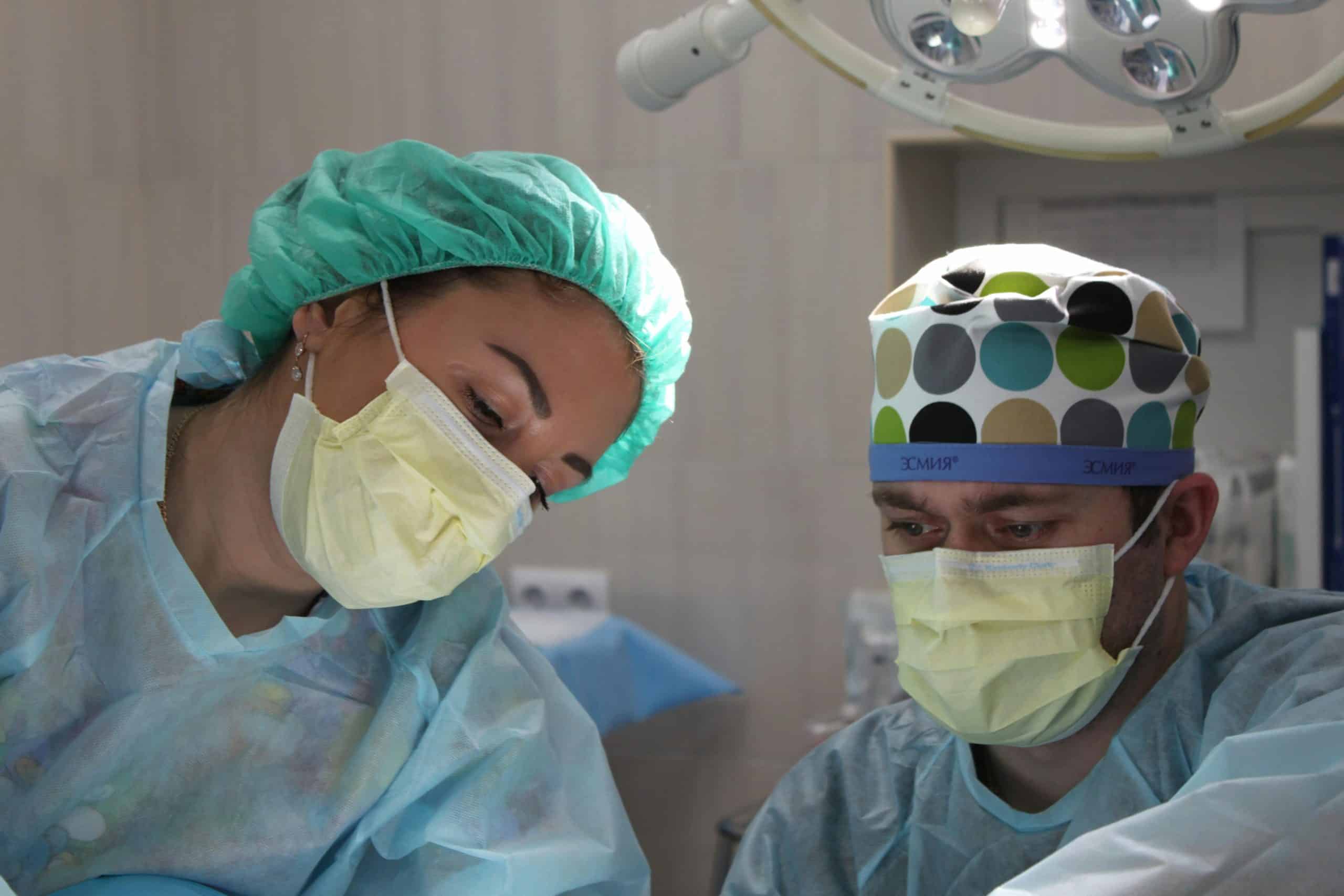Understanding the complexities of the human body, particularly in terms of muscle activity and strength, often requires comprehensive analysis and research. In this article, we’ll delve into the use of Neuromuscular Electrical Stimulation (NMES) in the recovery process following Anterior Cruciate Ligament (ACL) surgery. We’ll base our discussion on authoritative sources such as Google Scholar, PubMed, and CrossRef, to ensure a credible and reliable comprehension of the topic.
The Role of Neuromuscular Electrical Stimulation
Neuromuscular Electrical Stimulation (NMES), as its name suggests, involves the use of electrical impulses to stimulate muscle activity. It’s a technique widely used in the field of rehabilitation, especially in situations where muscle strength needs to be regained after a period of immobilization or disuse.
Additional reading : Can a Digital Pill System Ensure Medication Adherence in Schizophrenia Patients?
In the context of ACL surgery recovery, NMES targets the quadriceps femoris group of muscles, which plays a pivotal role in knee stability and motion. These muscles often suffer atrophy and weakness post-surgery, and therefore, their rehabilitation becomes crucial in the overall recovery process. NMES emerges as a promising strategy, helping to restore quadriceps strength and function.
Let’s delve deeper into the science behind this approach and see how it aids ACL surgery recovery.
Also to read : Hydrate, revitalize, rejuvenate: the ultimate guide to wellness infusions
Mechanism Behind NMES for Quadriceps Strength
NMES employs electrical current to evoke a muscle contraction, a principle based on the natural neuromuscular activity. Each contraction induced this way is an exercise for the muscle, gradually enhancing its strength and endurance.
In ACL surgery, the quadriceps femoris, the large muscle group in the front of the thigh, is often affected. The NMES therapy focuses on this muscle group, stimulating contractions to exercise and strengthen it.
Remember, NMES doesn’t replace traditional physiotherapy and exercise in the rehabilitation process. Rather, it complements these activities, facilitating increased muscle activation and overall improvement in strength.
NMES and ACL Rehabilitation: Evidence from Research
Several studies on ACL surgery recovery have demonstrated the potential benefits of NMES. Through rigorous testing methods, researchers have evaluated and validated the effectiveness of this therapy.
According to a study published on PubMed, ACL patients who received NMES showed a significant improvement in quadriceps strength as compared to those who relied solely on traditional rehabilitation methods. Another study on CrossRef echoed these findings, showing that NMES therapy led to better quadriceps activation and reduced muscle atrophy.
In addition, a review of multiple studies on Google Scholar also confirmed these results, further attesting to the value of NMES therapy in ACL surgery recovery.
Limitations and Considerations of NMES Therapy
While NMES holds promise for ACL recovery, it’s important to consider its limitations. Not all patients may respond equally to this therapy, and individual variation in pain threshold might affect the intensity of stimulation that can be applied.
Moreover, the effectiveness of NMES can be influenced by several factors such as the timing of therapy, the electrical parameters used, and the patient’s adherence to the therapy. Therefore, a personalized approach, tailored to each patient’s specific needs and conditions, can maximize the benefits of NMES.
Despite these considerations, NMES remains a valuable tool in the armamentarium of ACL rehabilitation, offering a viable strategy to enhance muscle strength and function post-surgery.
NMES: A Valuable Tool in ACL Rehabilitation
In conclusion, NMES emerges as an effective adjunct therapy in ACL surgery recovery. By stimulating the quadriceps femoris group, NMES aids in muscle strength recovery and minimizes the effects of muscle atrophy, thereby contributing to overall rehabilitation.
While it has its limitations and requires careful application, the potential benefits of NMES in enhancing ACL recovery make it a worthy consideration for patients and therapists alike. As we continue to comprehend the complexities of the human body and the mechanisms of recovery, therapies like NMES will undoubtedly play an increasingly important role.
Remember, the goal of ACL rehabilitation is to restore knee function and strength, enabling you to return to your normal activities. And NMES might just be the tool to help you get there.
NMES in Practice: Parameters and Guidelines
As we delve into the practice of Neuromuscular Electrical Stimulation (NMES) in ACL rehabilitation, it becomes critical to understand the parameters and guidelines involved in its application. Remember, the effectiveness of NMES is greatly influenced by its correct use and adherence to recommended procedures.
NMES works by delivering an electrical current to the target muscle, in this case, the quadriceps femoris. The electrical parameters, like pulse frequency, pulse duration, and intensity, all play a crucial role in the therapy’s efficacy. These parameters are usually adjusted according to individual patient needs and comfort levels.
The timing of NMES therapy also impacts its effectiveness. Starting NMES early in the rehabilitation process post-ACL reconstruction can lead to better outcomes, as suggested by some studies available on Google Scholar and PubMed. It is also commonly used in combination with an exercise program to provide optimal results.
However, the success of NMES therapy lies not just in the hands of the therapist but also the patient. The patient’s adherence to the therapy, their motivation, and their response to the electrical stimulation all contribute to the overall effectiveness of NMES in ACL recovery.
Like any other technique in rehabilitation exercise, NMES requires careful monitoring and adjustment. Overuse or incorrect use can lead to muscle fatigue or discomfort. Therefore, it’s crucial to follow the guidelines provided by the therapist and to communicate any issues or concerns promptly.
Long-term Impact of NMES on ACL Recovery
Understanding the long-term impact of NMES on ACL recovery is essential to appreciate its role in rehabilitation. The goal of NMES, like other rehabilitation exercises, is not just short-term recovery but also long-term improvement in muscle strength and function.
Research has shown that patients who undergo NMES therapy post-ACL reconstruction exhibit not just immediate improvements in quadriceps strength but also sustained benefits over time. A study published in Orthop Sports Phys Ther showed that NMES group patients maintained their quadriceps muscle strength longer than the control group patients who did not receive NMES.
Moreover, the enhanced muscle function, resulting from NMES, can also reduce the risk of future injuries. Stronger quadriceps femoris muscles contribute to better knee stability and function, leading to improved performance in sports and daily activities.
The long-term benefits of NMES underscore its value as a key tool in ACL rehabilitation. By helping patients regain and maintain muscle strength, NMES contributes to an improved quality of life post-ACL reconstruction.
In Conclusion: NMES – An Effective Tool in ACL Surgery Recovery
In conclusion, NMES has proven to be a valuable tool in the recovery process following Anterior Cruciate Ligament (ACL) surgery. Through the application of electrical stimulation, it effectively aids in the recovery of quadriceps femoris muscle strength, playing a pivotal role in the overall rehabilitation process.
While the application of NMES requires careful consideration of individual patient needs and adherence to specific parameters, its potential benefits make it a worthy adjunct to traditional physiotherapy. The long-term impact of NMES on ACL recovery, including sustained muscle strength and reduced risk of future injuries, further attests to its value in ACL rehabilitation.
As we continue to explore and understand the intricacies of the human body and recovery mechanisms, NMES is likely to play a growing role in ACL surgery recovery. Despite its limitations, the value it offers in enhancing the patient’s quality of life post-surgery is undeniable. After all, the ultimate goal of ACL rehabilitation is to restore muscle function and strength, enabling patients to return to their normal activities. In this endeavor, NMES appears to be a valuable ally.











